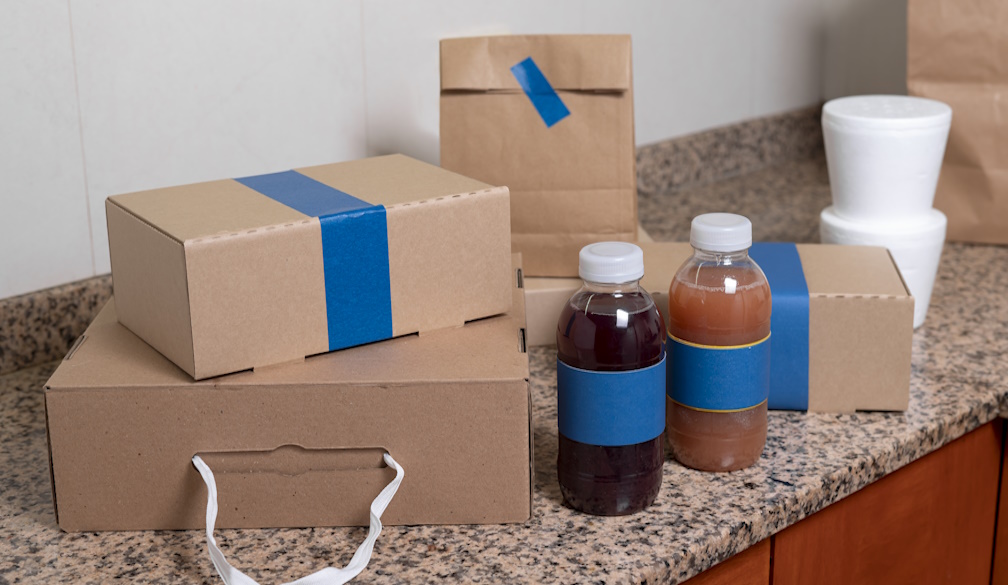90% of young people had financial troubles in 2022, and 27% used 'buy now, pay later' services
- Written by Lucas Walsh, Professor and Director of the Centre for Youth Policy and Education Practice, Monash University

Buy Now, Pay Later (BNPL) services have dramatically changed the landscape of personal lending, largely by being easy to access and not charging interest – thus avoiding national credit laws.
In the 2021-22 financial year, according to data[1] from the Reserve Bank of Australia, the number of active BNPL accounts in Australia rose from 5 million to 7 million. Collectively, these users spent A$16 billion, about 37% more than the previous years (and about 2% of all card purchases).
With the federal government now considering options[2] to better regulate the industry, we’ve been researching how this largely unregulated but growing corner of the debt market is affecting BNPL’s biggest users – young adults.
Our annual survey of people aged 18-24, the Australian Youth Barometer[3] conducted in August, indicates 27% of young people used BNPL in the past 12 months. BNPL’s popularity as a credit product is only surpassed by credit cards, used by 31% of young Australians in the past year.
About the Australian Youth Barometer
This is the second year of the Australian Youth Barometer, a nationally representative survey sample of 505 Australians aged 18-24.
In 2021 we asked young people if they had ever used a BNPL service. This year, we asked about BNPL use over the previous year.
In the 2021 Australian Youth Barometer[4] 53% of participants said they had ever used a BNPL service. That result was broadly consistent with research[5] from the Australian Finance Industry Association. In March 2021, AFIA’s surveys found 44% of those aged 18-24, and 52% of those aged 25-35, had used BNPL. By March 2022 those percentages rose to 55% and 58%, respectively.
Financial difficulties are widespread
Our 2022 survey reports that 90% of young Australians experienced financial difficulties at some point during the past year. About a quarter said this happened often or very often.
In our 2021 survey[6], 82% said they had experienced financial difficulties during the previous two years.
Financial stress is correlated with BNPL use. Our 2022 survey data indicates 30% of those very often in financial difficulties over the previous year used BNPL services, compared with just 8% of those who had never experienced financial difficulty.
But the relationship is not clear-cut, with BNPL use being most prevalent among those who experience financial difficulties only sometimes.
Attitudes to BNPL
Generalisations about young people being “hooked[7]” on BNPL credit are therefore inaccurate. As in any demographic, attitudes vary.
Our 2021 survey results indicate about half are wary of BNPL services, agreeing they have a negative effect on young people’s financial behaviour.
But as incomes fail to keep up with the cost of living – particularly for energy and housing – the high use of BNPL should ring regulatory alarm bells.
The Treasury’s consultation paper[8] on regulating the BNPL industry notes the need to subject BNPL companies to the same type of responsible lending standards and requirements imposed on credit providers through Australia’s National Consumer Credit Protection Act[9].
Read more: What's the difference between credit and debt? How Afterpay and other 'BNPL' providers skirt consumer laws[10]
BNPL products are not subject to these credit laws because they don’t charge interest, which is key to the act’s definition of credit provision. As the Treasury paper notes:
This unintended regulatory gap creates the potential for consumer harm due to the absence of key protections available to other products regulated by the Credit Act.
Closing this gap is important to increase protections for young people and BNPL users.
But just as important is to address the underlying causes of financial insecurity[11] that push people into debt in the first place.
References
- ^ data (www.rba.gov.au)
- ^ now considering options (treasury.gov.au)
- ^ Australian Youth Barometer (doi.org)
- ^ 2021 Australian Youth Barometer (doi.org)
- ^ with research (afia.asn.au)
- ^ 2021 survey (doi.org)
- ^ hooked (www.smh.com.au)
- ^ consultation paper (treasury.gov.au)
- ^ National Consumer Credit Protection Act (www.legislation.gov.au)
- ^ What's the difference between credit and debt? How Afterpay and other 'BNPL' providers skirt consumer laws (theconversation.com)
- ^ causes of financial insecurity (povertyandinequality.acoss.org.au)
Authors: Lucas Walsh, Professor and Director of the Centre for Youth Policy and Education Practice, Monash University













